Complete Solution For Heavy Mineral Sand Separation
2020-05-29T16:05:56+00:00

Heavy Mineral Sand Mineral Separation Plant For Separating
Mineral Sands Information Here FastQuick separated from the sand by exploiting differences in mineral density via a multistage circuit of sluices1 A portion of the magnetite and the chromiumcontaining minerals are removed magnetically, and the resulting heavy mineral concentrate (HMC) stockpiled for transportation by road to the mineral separation plant1Conductor mineral: By using the HIMS magnetic separation to make rutile concentrate which is nonmag mineral The rest mag minerals are mixing heavy minerals like ilmenite, chromite or hematite Due to the variety of minerals contained in placer sand, the placer sand with gold has been described in page 10 the gold solution section alreadyHeavy Minerals Processing Plant Design, Machine Install For the characterization of the heavy components of mineral sand deposits (eg anatase RD 39, rutile RD 42, ilmenite RD 44–47 and zircon RD replace Clerici’s solution in the evaluation of fine mineral sands samples (eg 250 +150 Companies tend to rely on laboratory heavy liquid separation in the evaluation of samples arising fromThe use of lowtoxic heavy suspensions in mineral sands

Gravimetric Separation of Heavy Minerals in Sediments and
The potential of heavy minerals studies in provenance analysis can be enhanced conspicuously by using a stateoftheart protocol for sample preparation in the laboratory, which represents the first fundamental step of any geological research The classical method of gravimetric separation is based on the properties of detrital minerals, principally their grain size and density, and its The Sink and Float separation process is part of what is also known as a Heavy Media Separation Process () and are commercial adaptations of the common laboratory procedure used for separating a mixture of two products having differentials in specific gravity by immersing the sample in a heavy Heavy Media Separation Process 911 Metallurgist characterization of the heavy components of mineral sand deposits (eg anatase RD 39, rutile RD 42, ilmenite RD 44–47 and zircon RD 46–48) there is currently no heavy liquid alternative to Clerici’s solution Clerici’s solution is highly toxic and testing is now The use of lowtoxic heavy suspensions in mineral sands evaluation The use of lowtoxic heavy suspensions T in mineral sands
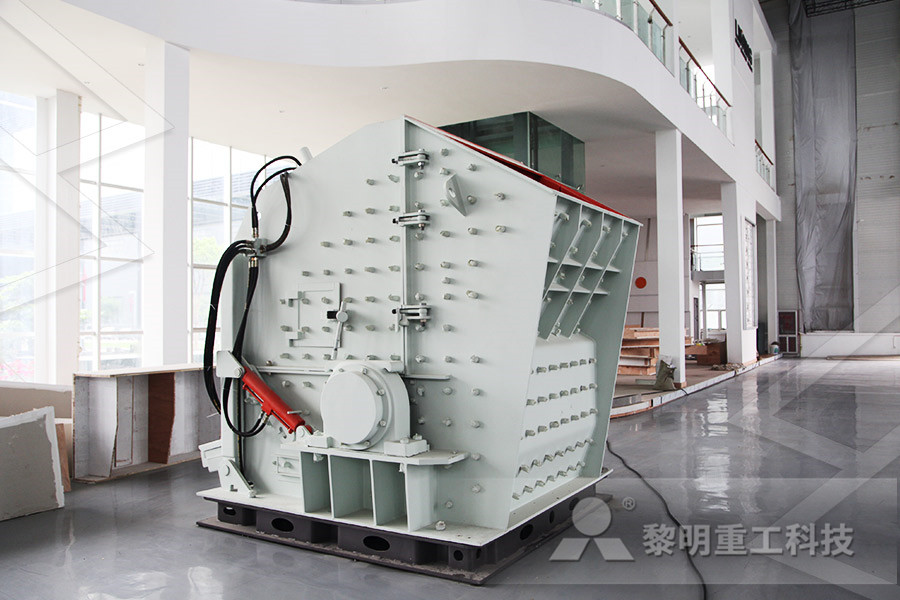
Separation and Identification of the SiltSized Heavy
Size Fractionation and HeavyMineral Separation The siltsized particles must be isolated from the coarser and finer fractions before the heavymineral sepa ration is performed (fig 1) The sand fraction is separated by wetsieving the samples through a 62JLm (ASTM number 230) sieve and is reserved for sandfraction heavy The diamond exploration industry uses heavy liquids to separate the dense indicator minerals from sand and clay Another use of heavy liquids is in paleontology Typically, these heavy liquid separations are conducted at a lower density (eg 22 g/mL) since the separation LST Heavy liquid for density separations ChemMineral sand deposits are formed from the erosion and weathering of preexisting igneous rocks such as granite, pegmatite and basalt Over 60 to 200 million years the combinations of wind and water from ancient rivers and seas have leached the Mineral Sands

Heavy Media Separation an overview ScienceDirect Topics
Srdjan M Bulatovic, in Handbook of Flotation Reagents: Chemistry, Theory and Practice, Volume 3, 2015 3933 Heavy media separation Heavy media separation dates back to several centuries Initially, a fine magnetite was used as a heavy media In 1936, a plant was designed employing organic liquid as a heavy media for treating anthracite coal containing ore Complete mineralprocessing solutions are provided by Outokumpu in the form of physical separation, flotation, and dewatering technology, as well as analysers and automation systemsMining Weekly Total mineralprocessing solutionComplete range, complete solution Gas protection, damp proof membranes, damp proof course, stormwater, vapour control temporary protection Think Visqueen Leading manufacturer of advanced barrier technologies and designbased solutions for specifiers, contractors and buildersThe Difference is Visqueen Complete range,

Gravity Separation ScienceDirect
In the case of Figure 164, where the concentration criterion is 1275, this is not the case and there will always be some contamination of the light mineral and the heavy mineral in each product For a smaller size fraction such as −106 +90 μm, the window of possible separation flow rates decreases Heavy minerals are defined as high density minerals, which have specific gravities of g∙cm−3 or higher 29 [1] About 56 translucent species of heavy minerals described by are [2] and have been regarded as indicators of sediment sources [3] The heavy mineral assemblage in sediments usually reflects their parent rocks as well their originOrigin and Distribution of Heavy Minerals in the Surficial In this paper, the Egyptian white sand (EWS), is a lowcost locally available adsorbent, where several factors were studied to determine the efficiency for separation of Cr(III) from Egyptian ilmenite mineral solution after complete dissolution using phosphoric acid The amount of adsorbent (g), effects of pH, contact time andSpectrophotometric determination of Chromium(III) in
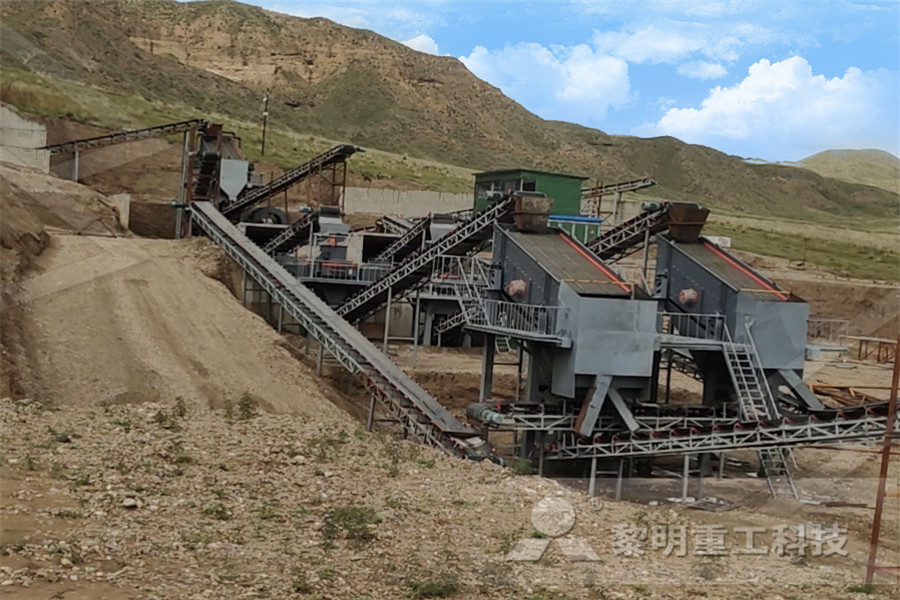
Pf 1214 Mineral Sands Processing Crusher Mills,
Crusher Portable Crushing Plant Complete Crushing Plant Grinding Mill Feeding Conveying Screening Washing Mineral sand processing PF PF1214 Φ1250 Another use of lithium metatungstate is in the heavy mineral sand industry for laboratory testing of heavy mineral assemblages They usually contain varying amounts of uneconomic heavy minerals, eg, pyroxenes, amphiboles, and epidote, and their density is usually less than 34 g/ccLithium metatungstate BHP Minerals International Inc A typical heavy mineral concentrate assaying 18–20% Y 2 O 3 has been recovered from sand using gravity and magnetic separation techniques Hydrometallurgical processing of xenotime by sodium hydroxide digestion requires fine grinding of feed materials and presents difficulties in subsequent efficient separation of thorium and RE by controlled Processing of xenotime concentrate by sulphuric acid

44 Electrical conductivity of minerals and rocks
reaching as high as 4 With complete draining there still remains some fluid either trapped in closed pores or bound to the mineral surfaces This is referred to as the irreducible saturation and so all rocks have an upper bound on their low saturation resistivity set opaque grains varies from 10 to 100% (complete replacement) Cement is of carbonate, clay, and hematite Lowgrade margins of highgrade enrichments seem to be minor in both volume and grade Stratigraphic separation from enrichment of only a meter commonly produces heavy mineral grades that are ambient for the area, about 1% Downdip, the Titanium mineral resources of the Western US—an updateWe give complete solution for sand manufacturing with Sand mill, Variable High frequency screen with packaging machines Our aim is to give customer best of class offer in manufacturing sand by environmental friendly method, low cost of operation and low MSand High Frequency Screen VIBFEM
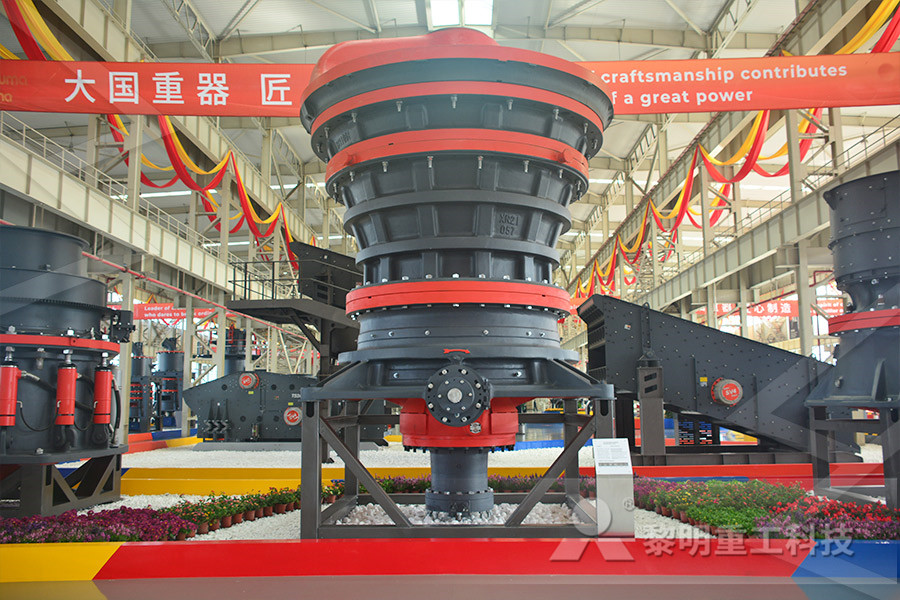
China Mineral Concentrator, Mineral Concentrator
China Mineral Concentrator manufacturers Select 2021 high quality Mineral Concentrator products in best price from certified Chinese Mining Equipment, Mining Machine suppliers, wholesalers and factory on MadeinChina Based on Mineral Technologies’ extensive testwork on the project, the total solution also included a process guarantee which significantly reduced project risk for Arrium Due to the success of the Iron Baron project, Mineral Technologies was engaged to deliver a complete solution including testwork, design, delivery and commissioning for the Completed Projects Mineral Technologies Sepor, Inc began business in 1953 with the introduction of the Sepor “Microsplitter” , a Jonestype Riffle splitter, developed by geologist Oreste “Ernie” Alessio for his own use in the lab Sepor grew over the next several decades to offer a complete line of mineral analysis tools, as well as pilot plant equipment for scaled operationsGravity Separation, Concentration Sepor, Inc
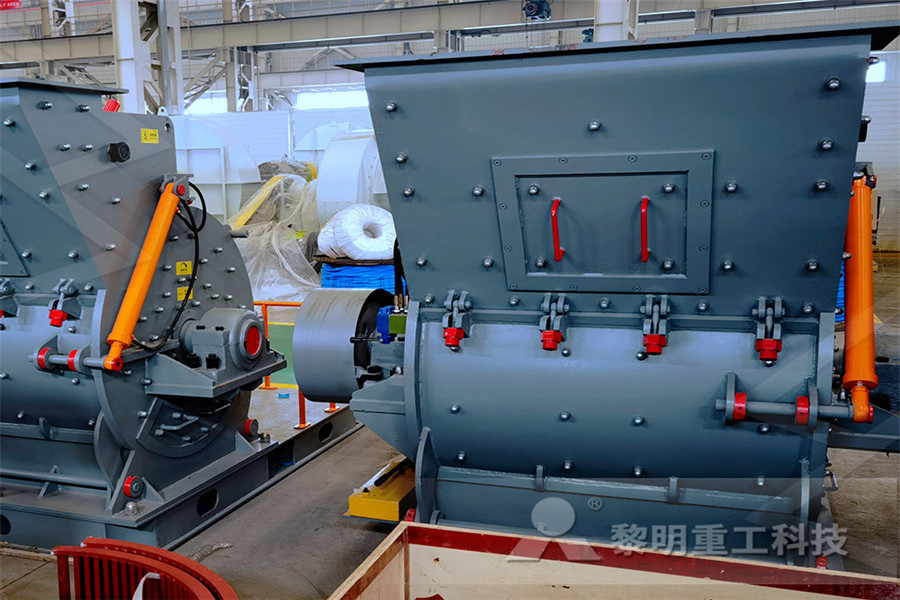
Rio Tinto LowImpact Mineral Sand Mining Challenge
The typical approach for sand mining is through large onsite ponds and floating s where heavy minerals are recovered to a heavymineral concentrate (HMC) by wet separation methods within large floating concentration equipment This requires significant and costly infrastructure, as well as significant rehabilitation of the area minedachieving a complete separation to allow the settled heavy mineral into the flask underneath the funnel After separation, the heavy minerals were mounted on slides using Canada balsam while identification was done following the procedures of Krumbein and Pettijohn (1938) The relative abundances of the heavy minerals were estimated from the DonnishJournals CiteSeerX Another use of lithium metatungstate is in the heavy mineral sand industry for laboratory testing of heavy mineral assemblages They usually contain varying amounts of uneconomic heavy minerals, eg, pyroxenes, amphiboles, and epidote, and their density is usually less than 34 g/ccLithium metatungstate BHP Minerals International Inc
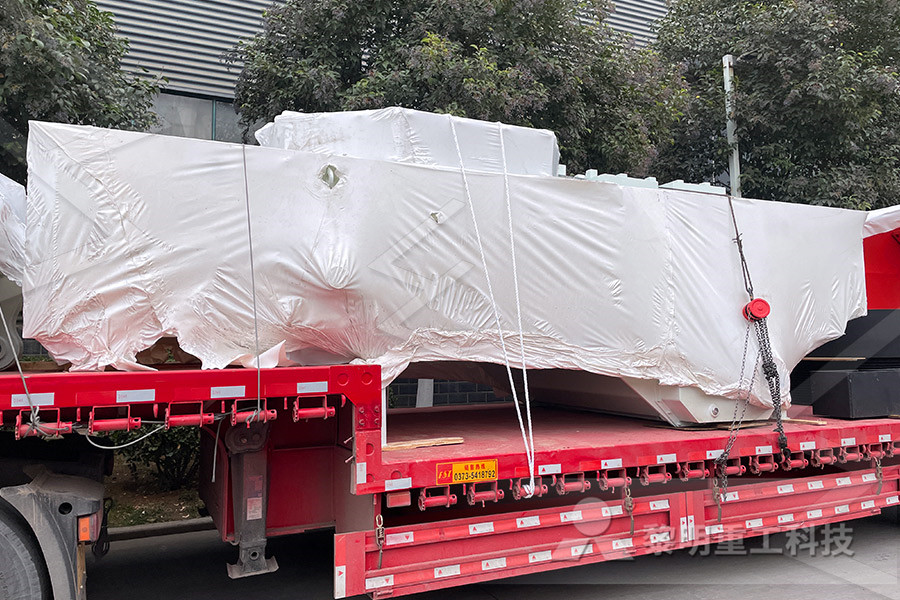
Spectrophotometric determination of Chromium(III) in
In this paper, the Egyptian white sand (EWS), is a lowcost locally available adsorbent, where several factors were studied to determine the efficiency for separation of Cr(III) from Egyptian ilmenite mineral solution after complete dissolution using phosphoric acid The amount of adsorbent (g), effects of pH, contact time and adsorbent leads to a complete removal of lead ions from the solution and hence the quantity of separated lead ions remains constant Effect of Temperature on the Separation of Lead Ions In general, the quantity of separated lead ions from 100 ml solutions containing 5, 10, 20, 50, 100, 200 and 500 ppm lead ions per unit weight of adsorbentSeparation of lead ions from aqueous solutions by opaque grains varies from 10 to 100% (complete replacement) Cement is of carbonate, clay, and hematite Lowgrade margins of highgrade enrichments seem to be minor in both volume and grade Stratigraphic separation from enrichment of only a meter commonly produces heavy mineral grades that are ambient for the area, about 1% Downdip, the Titanium mineral resources of the Western US—an update
- Cement Mill Plant Equipments
- frame filter press machine
- flow chart for aggregate processing
- calculation of torque for grain mill
- Quartz Powder Grinding Plant Nigeria
- Screen Reclaiming Chemical
- hydraulic piston pump made in america
- Produsen Crusher Mobil
- gypsum beneficiation with water
- quarryselection for crusher plant
- Large Capacity Stone Crusher For Sale Pe
- Cement grinding mill plan
- gypsum powder production line lahore pakistan
- Machine Raw Mill Cement Cinamachine Raymond Grinding Mill
- Cost Of Building A Complete Mining Plant
- small rock crusher ball mill
- process of al mining to power plant
- smmall jaw crusher in india
- grinding machine welder
- business plan for ncrete block industry
- mobile hammer crusher jiu chang
- scaffolding tubes scaffolding
- crusher tracked clay
- Jaw crusher Pe 250 400 price Listdesign
- Mini Orbital Air Sander
- Where Are Coal Screw Conveyors Used
- manual for ft ne crusher
- how to separate gold from ore
- A is Cnc Vertical Milling
- jaw crusher for sand
-
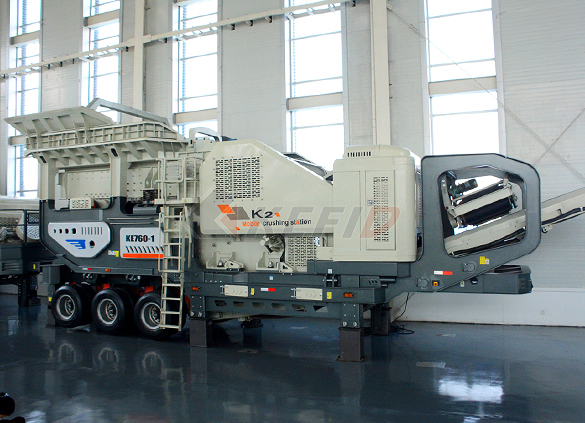
Primary mobile crushing plant
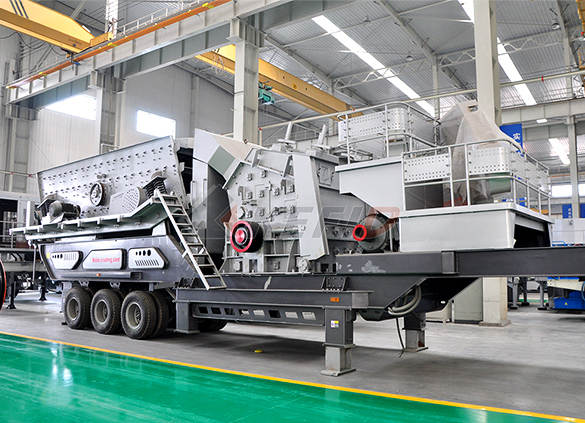
Independent operating combined mobile crushing station
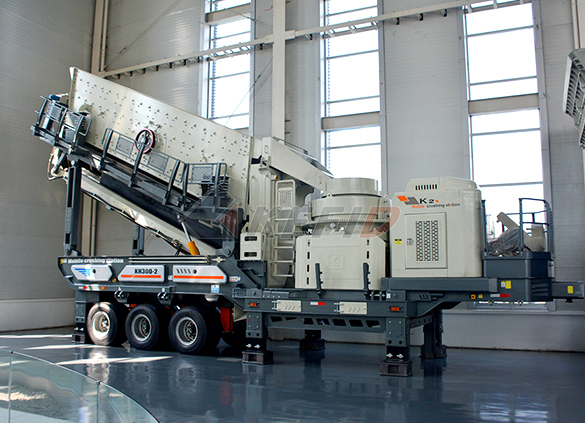
Mobile secondary crushing plant
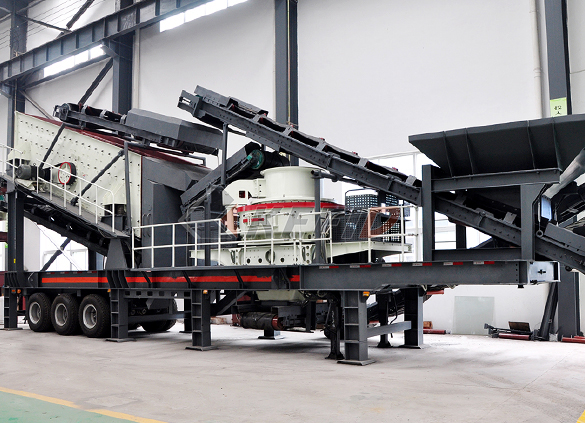
Fine crushing and screening mobile station
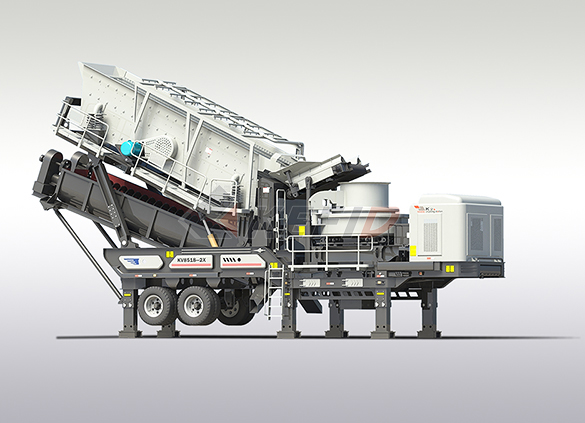
Fine crushing & washing mobile station

Three combinations mobile crushing plant
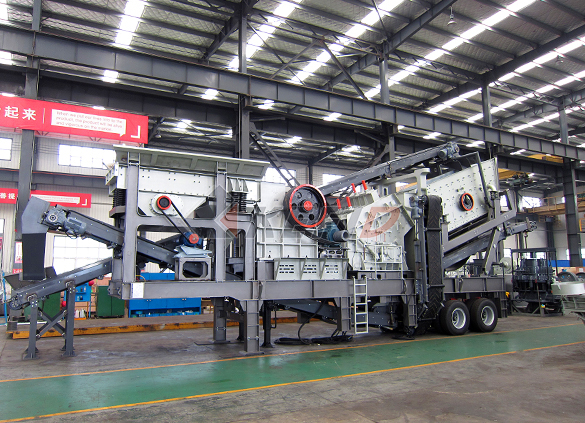
Four combinations mobile crushing plant
-

HGT gyratory crusher
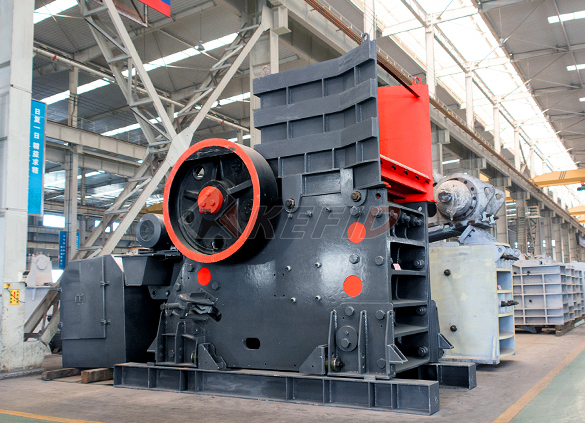
C6X series jaw crusher

JC series jaw crusher
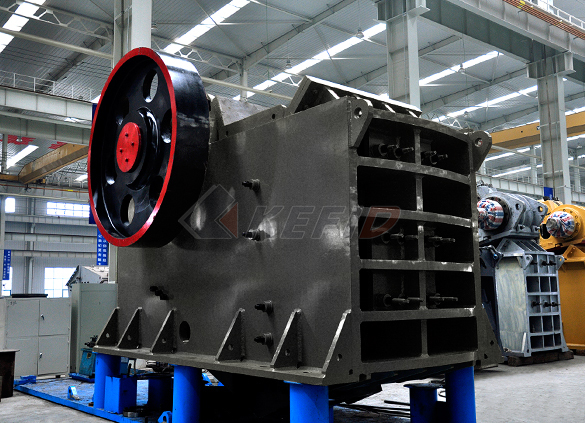
Jaw crusher
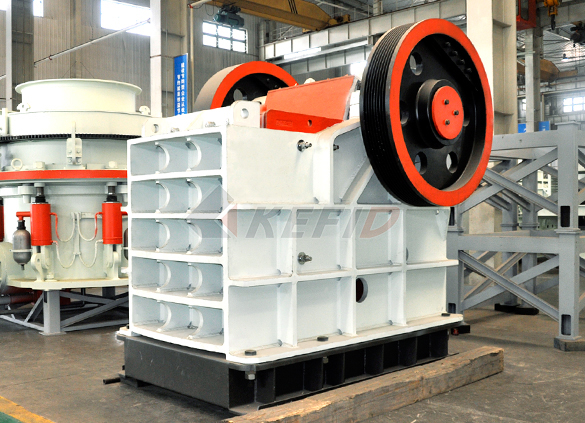
HJ series jaw crusher

CI5X series impact crusher
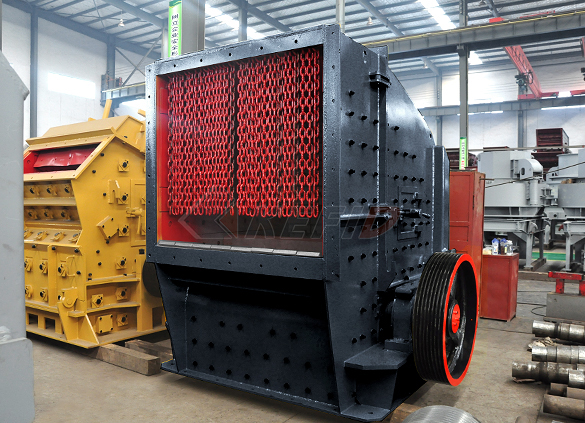
Primary impact crusher

Secondary impact crusher
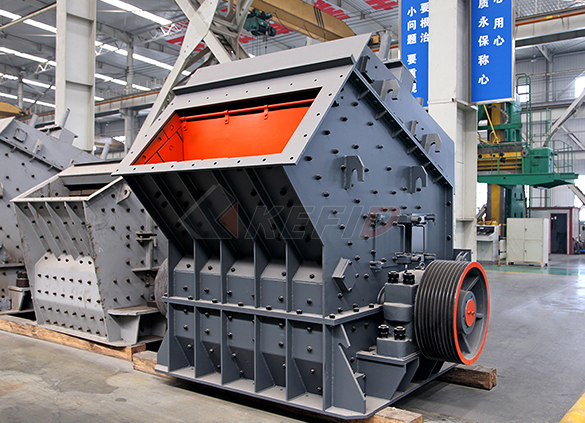
Impact crusher

HPT series hydraulic cone crusher

HST hydraulic cone crusher

CS cone crusher
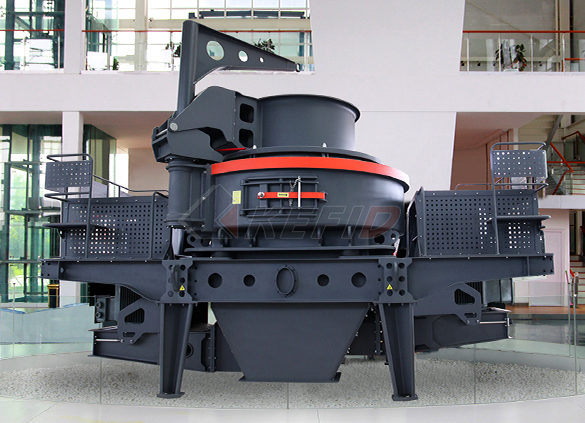
VSI6S vertical shaft impact crusher
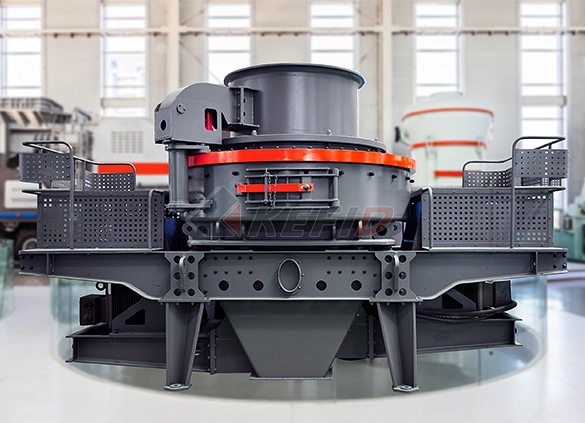
Deep rotor vsi crusher

B series vsi crusher
-

Vertical grinding mill
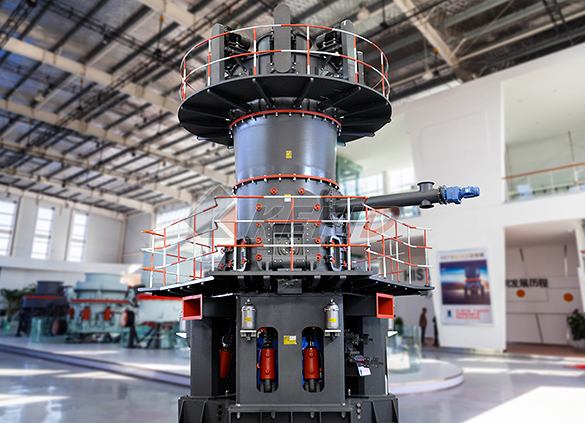
Ultra fine vertical grinding mill
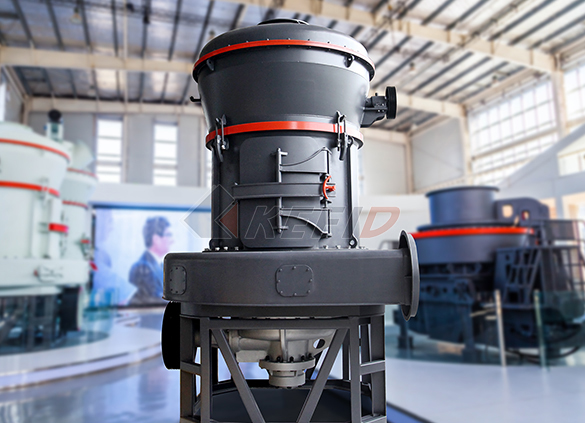
MTW european grinding mill
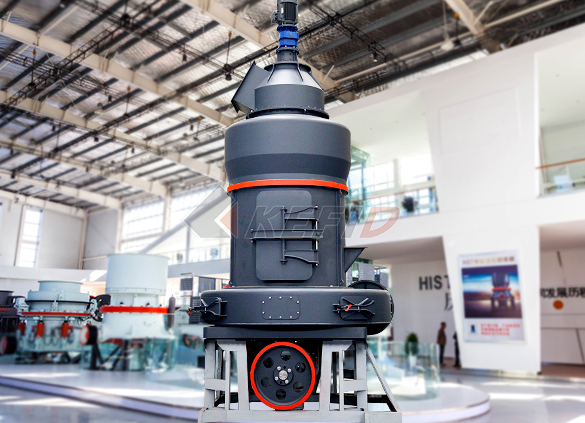
MB5X158 pendulum suspension grinding mill

Trapezium mill
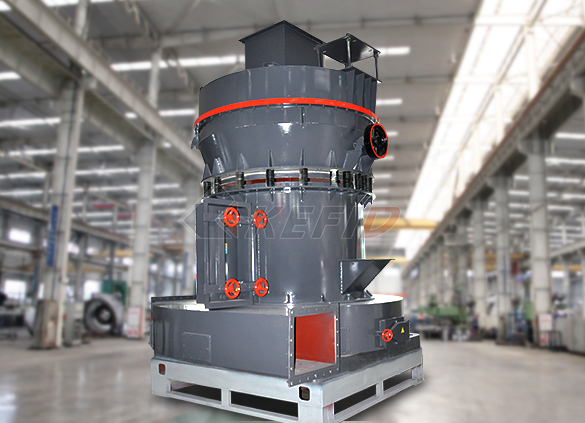
T130X super-fine grinding mill

Micro powder mill

European hammer mill
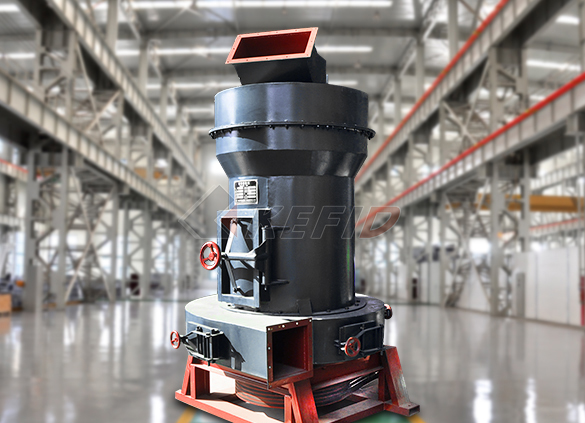
Raymond mill

Ball mill
-

GF series feeder

FH heavy vibrating feeder
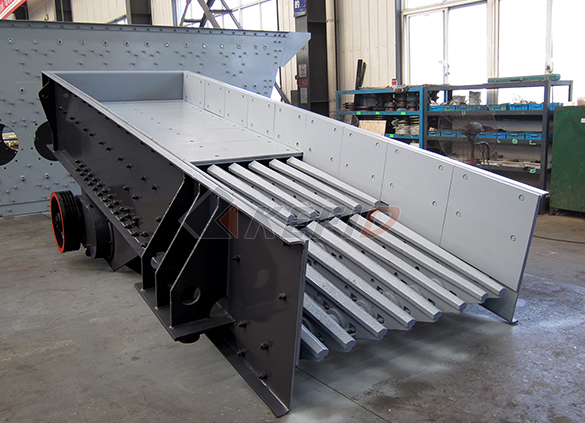
TSW series vibrating feeder

Vibrating feeder

Vibrating screen

S5X vibrating screen

Belt conveyor
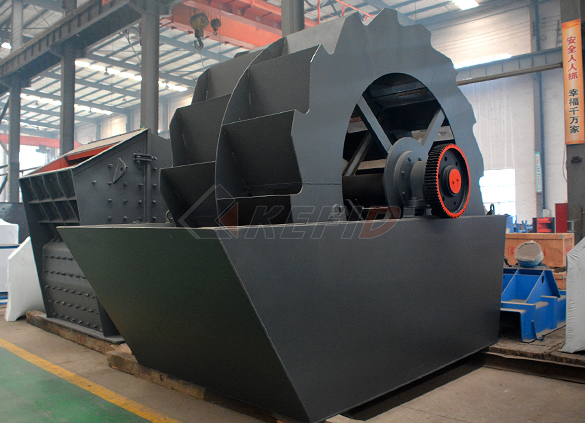
Wheel sand washing machine
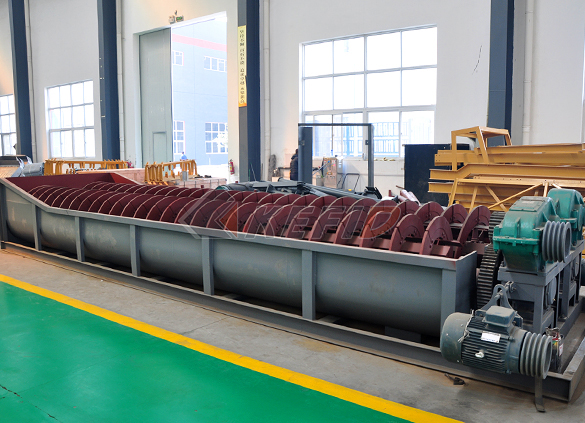
Screw sand washing machine

